Filter data
|
ID |
Nickname |
Country / City |
Languages |
Taxonomies |
Comment |
Project / Group |
Map |
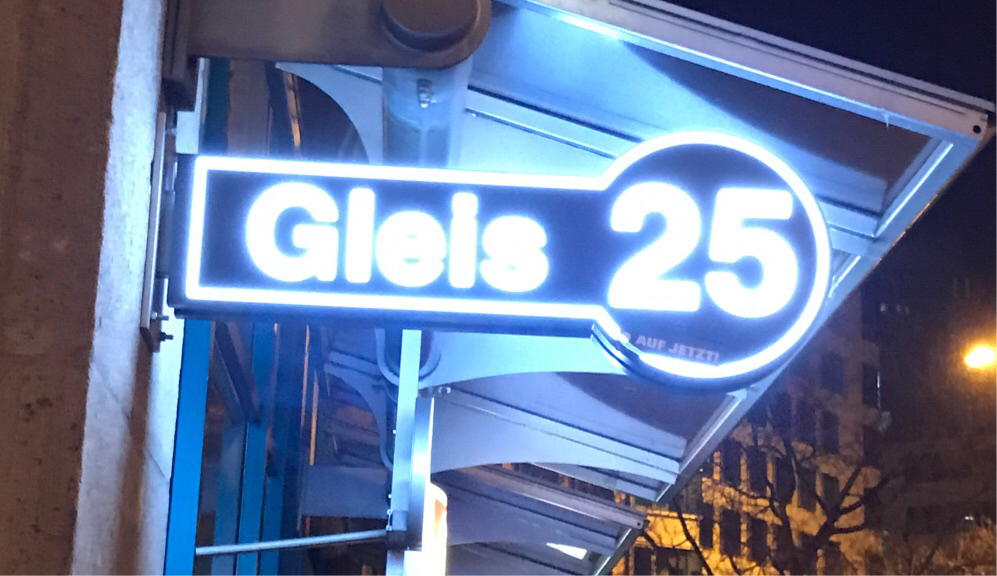
|
4402
|
|
Deutschland
Frankfurt am Main
|
|
|
—
|
|
|
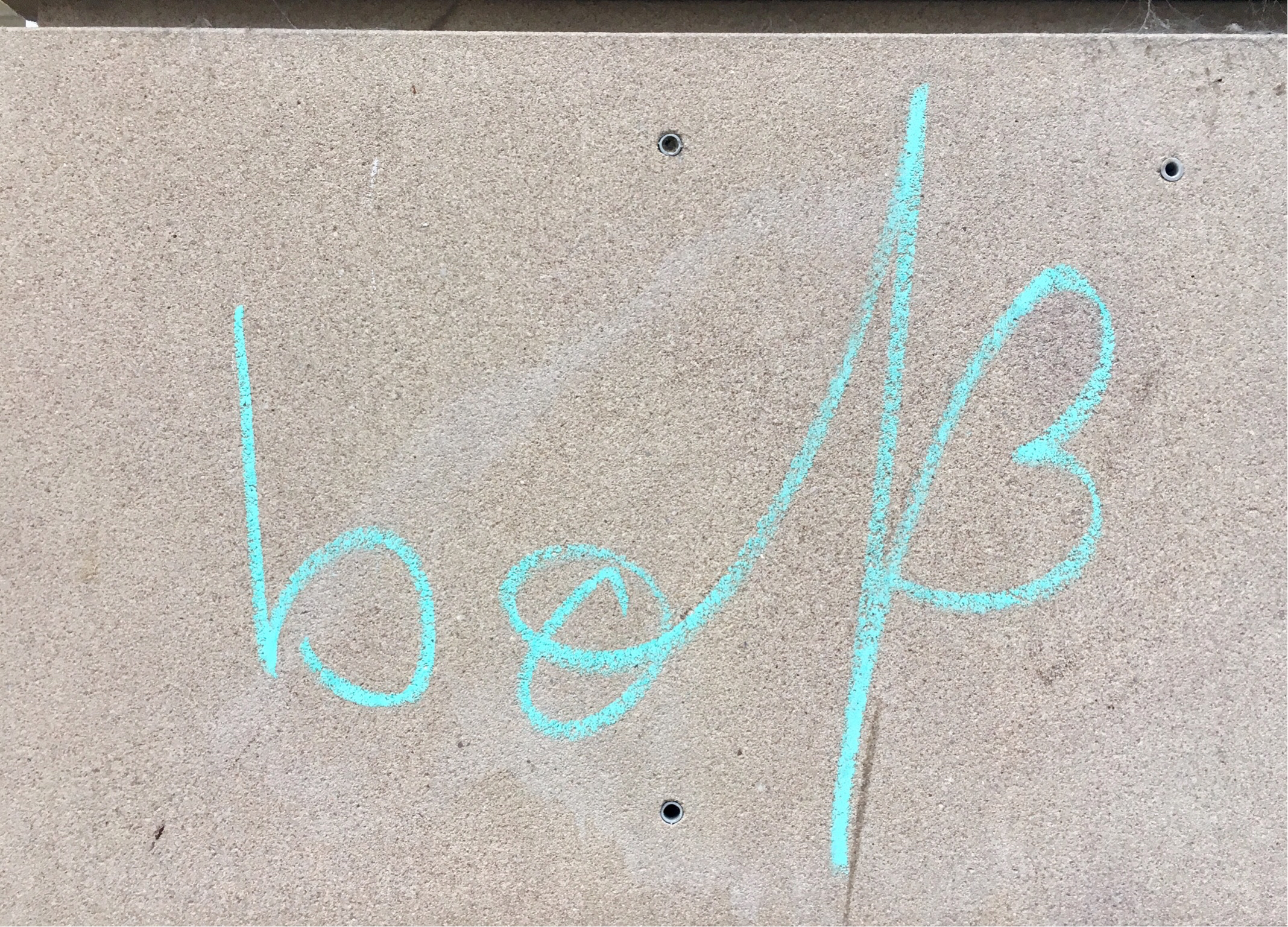
|
11059
|
|
Deutschland
Frankfurt am Main
|
|
|
—
|
|
|

|
24628
|
|
Germany
Frankfurt am Main
|
|
|
—
|
|
|

|
24629
|
|
Germany
Frankfurt am Main
|
|
|
—
|
|
|

|
24630
|
|
Germany
Frankfurt am Main
|
|
|
—
|
|
|

|
24631
|
|
Germany
Frankfurt am Main
|
|
|
—
|
|
|

|
24632
|
|
Germany
Frankfurt am Main
|
|
|
—
|
|
|
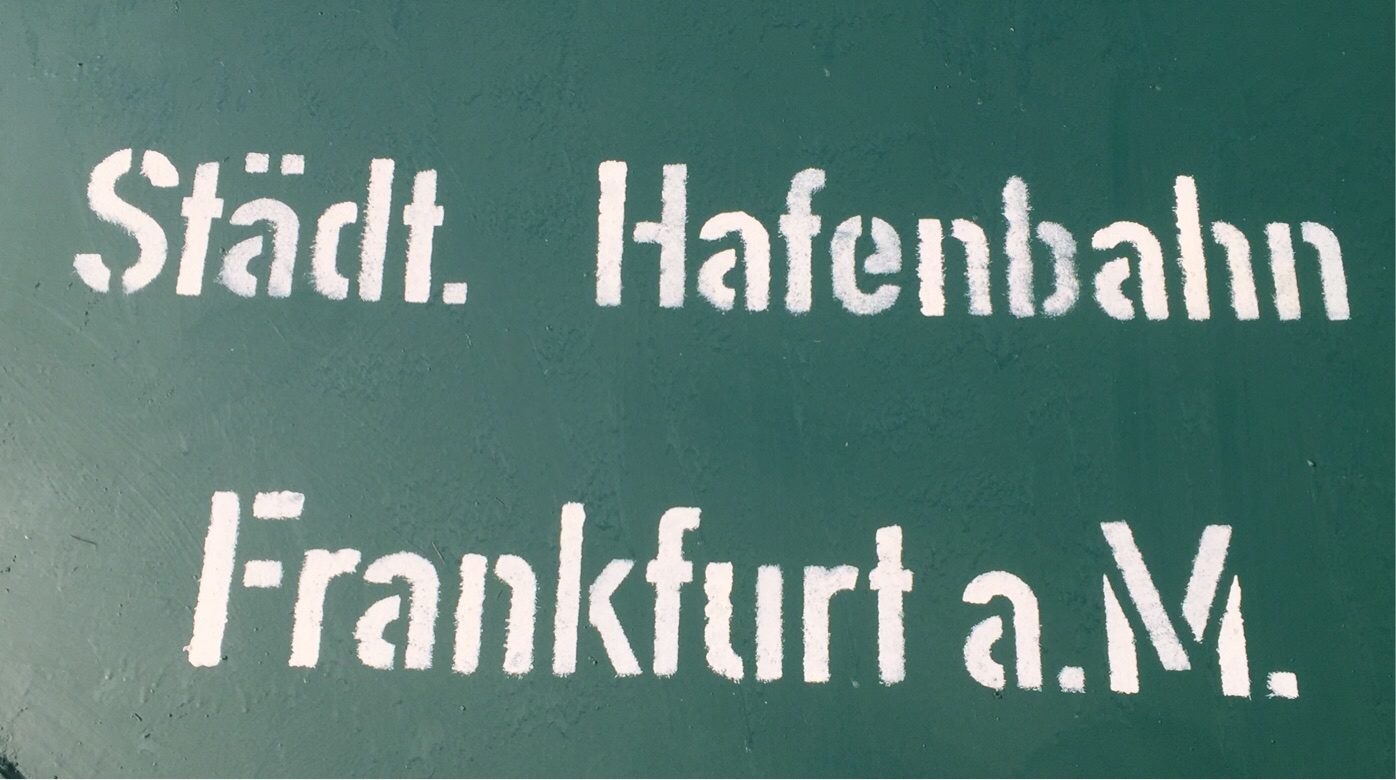
|
1855
|
|
Deutschland
Frankfurt am Main
|
|
|
—
|
|
|
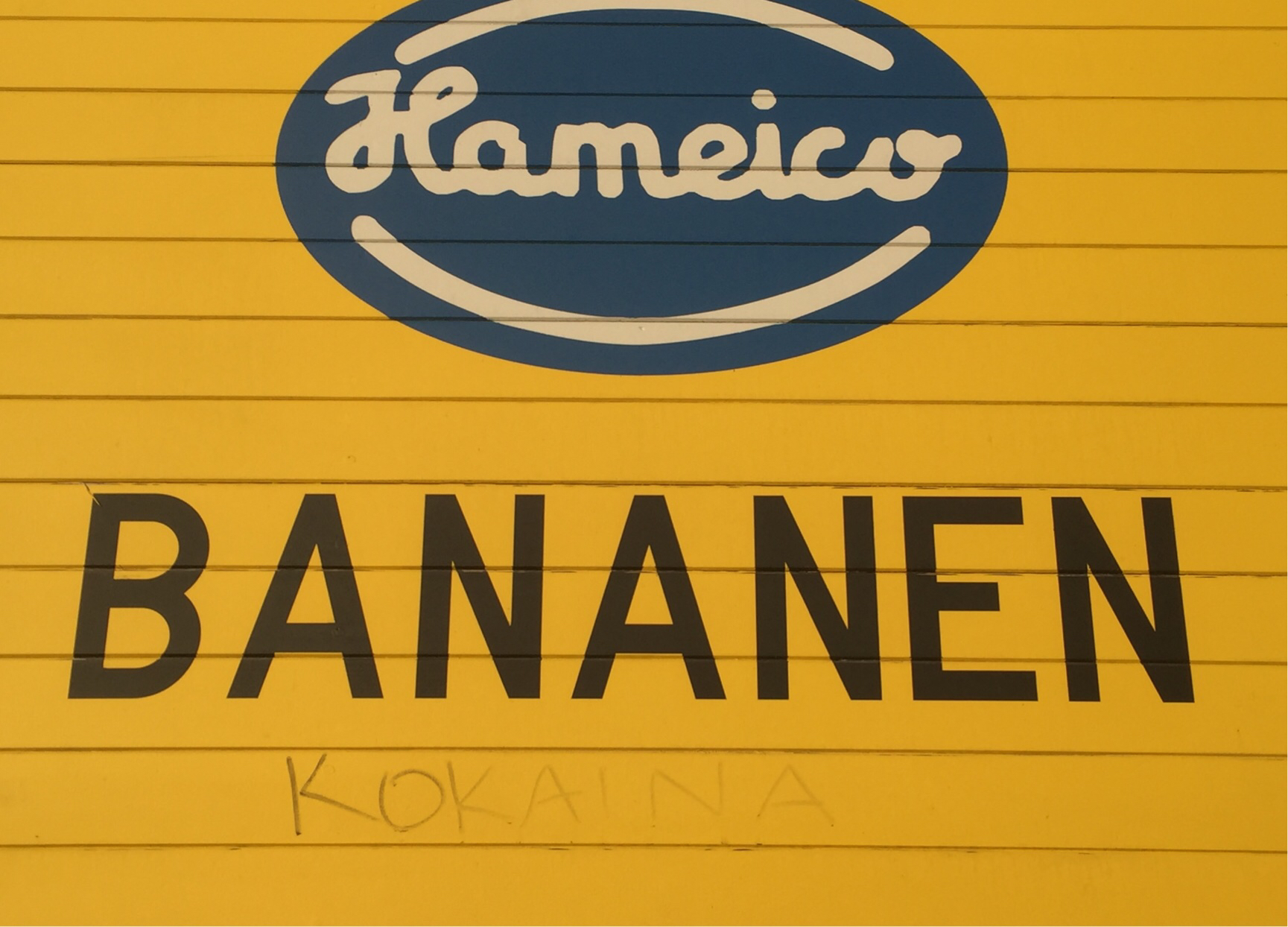
|
1856
|
|
Deutschland
Frankfurt am Main
|
|
|
—
|
|
|

|
1857
|
|
Deutschland
Frankfurt am Main
|
|
|
—
|
|
|
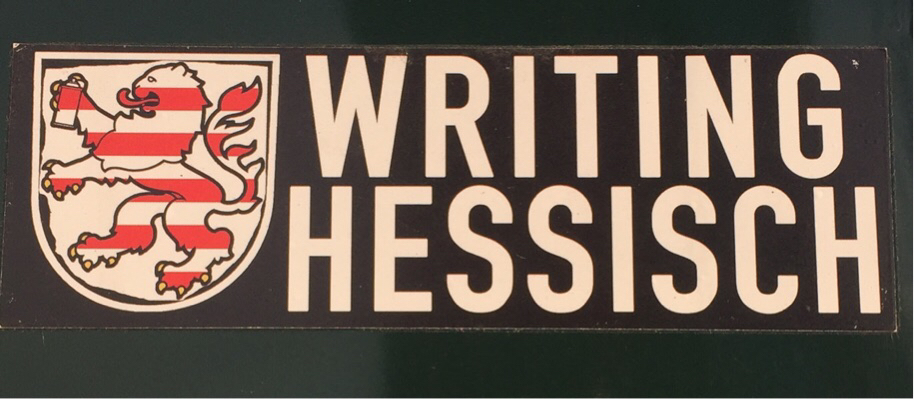
|
1858
|
|
Deutschland
Frankfurt am Main
|
|
|
—
|
|
|
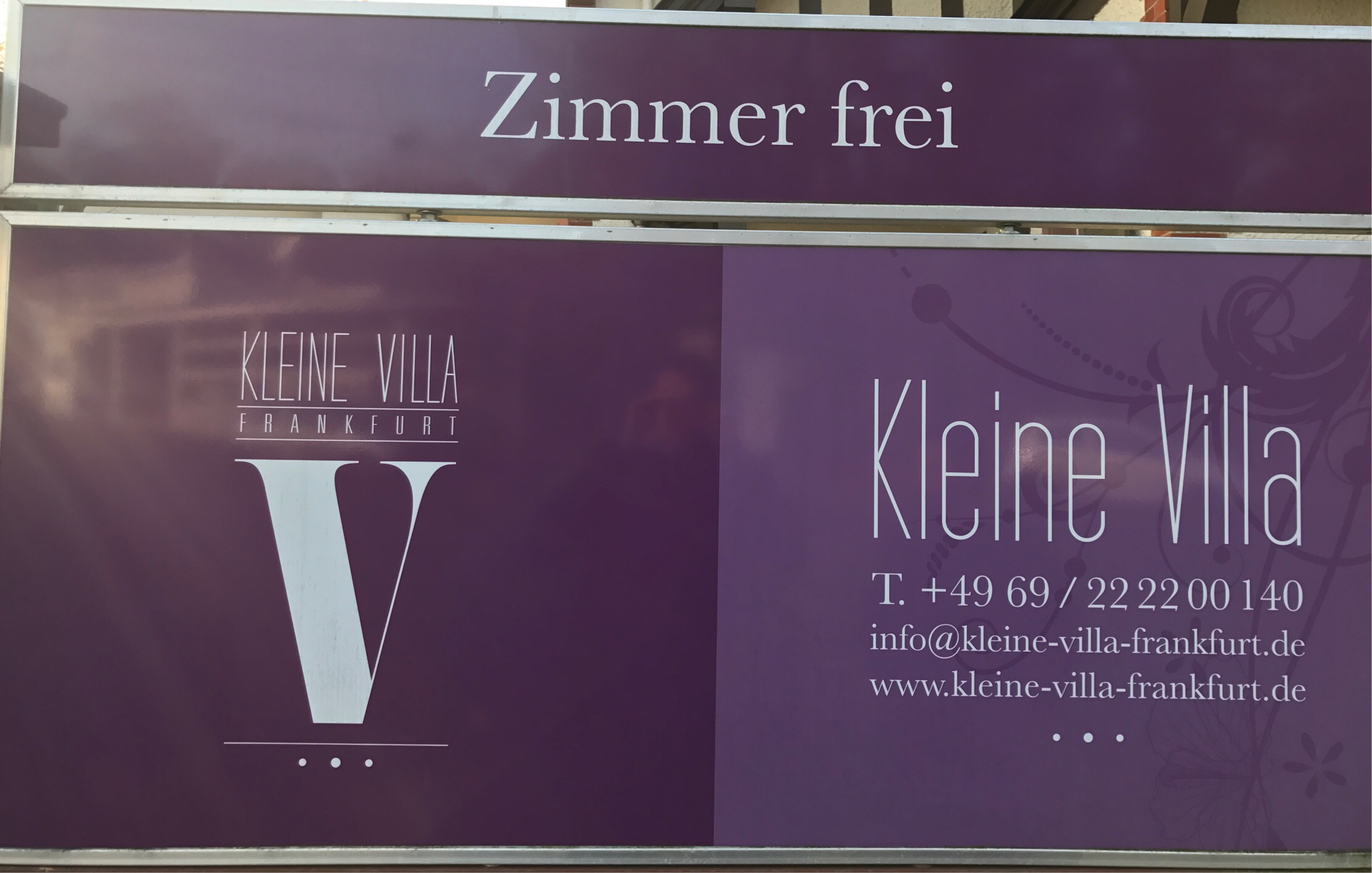
|
2114
|
|
Deutschland
Frankfurt am Main
|
|
|
—
|
|
|
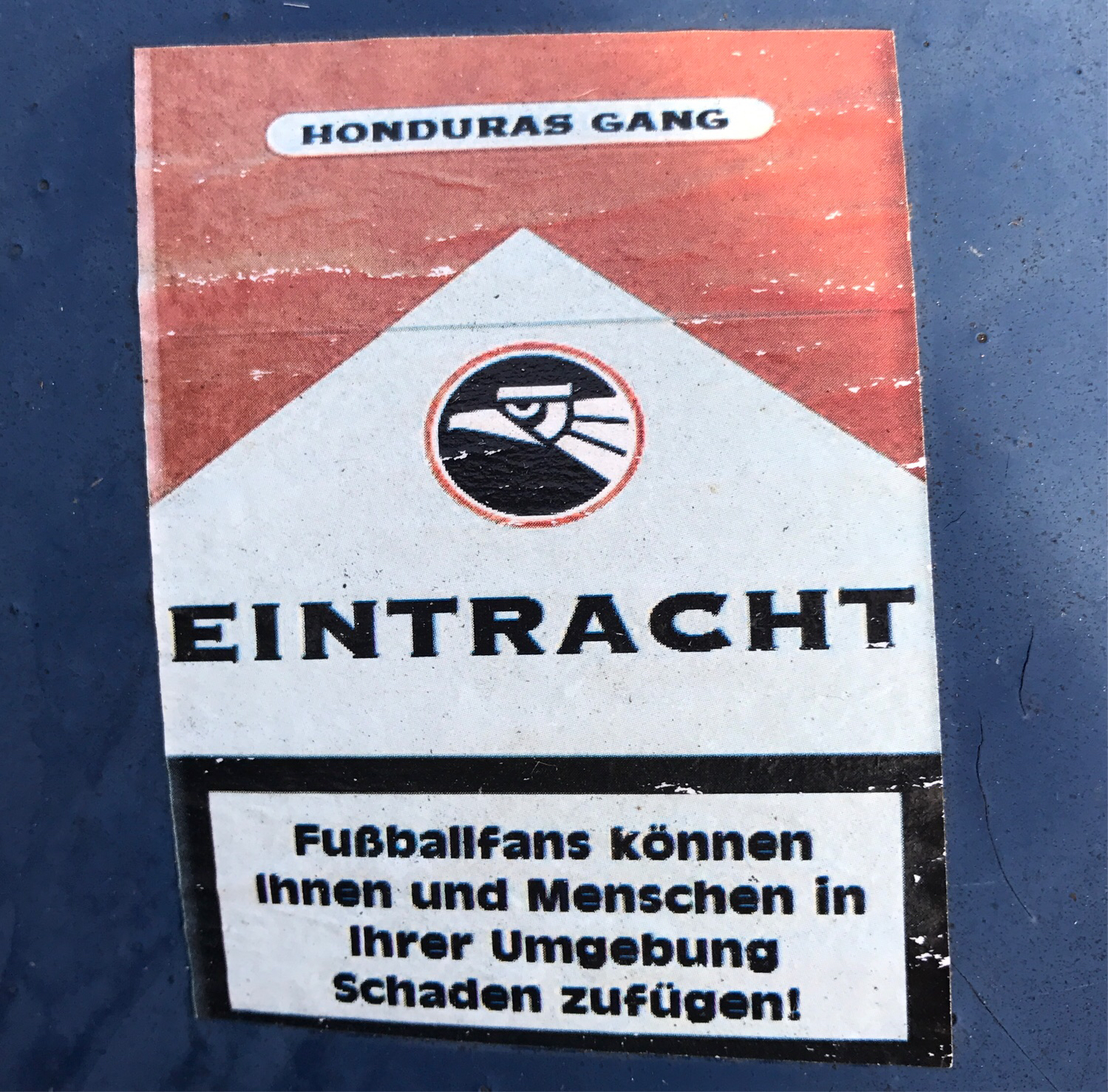
|
2115
|
|
Deutschland
Frankfurt am Main
|
|
|
—
|
|
|
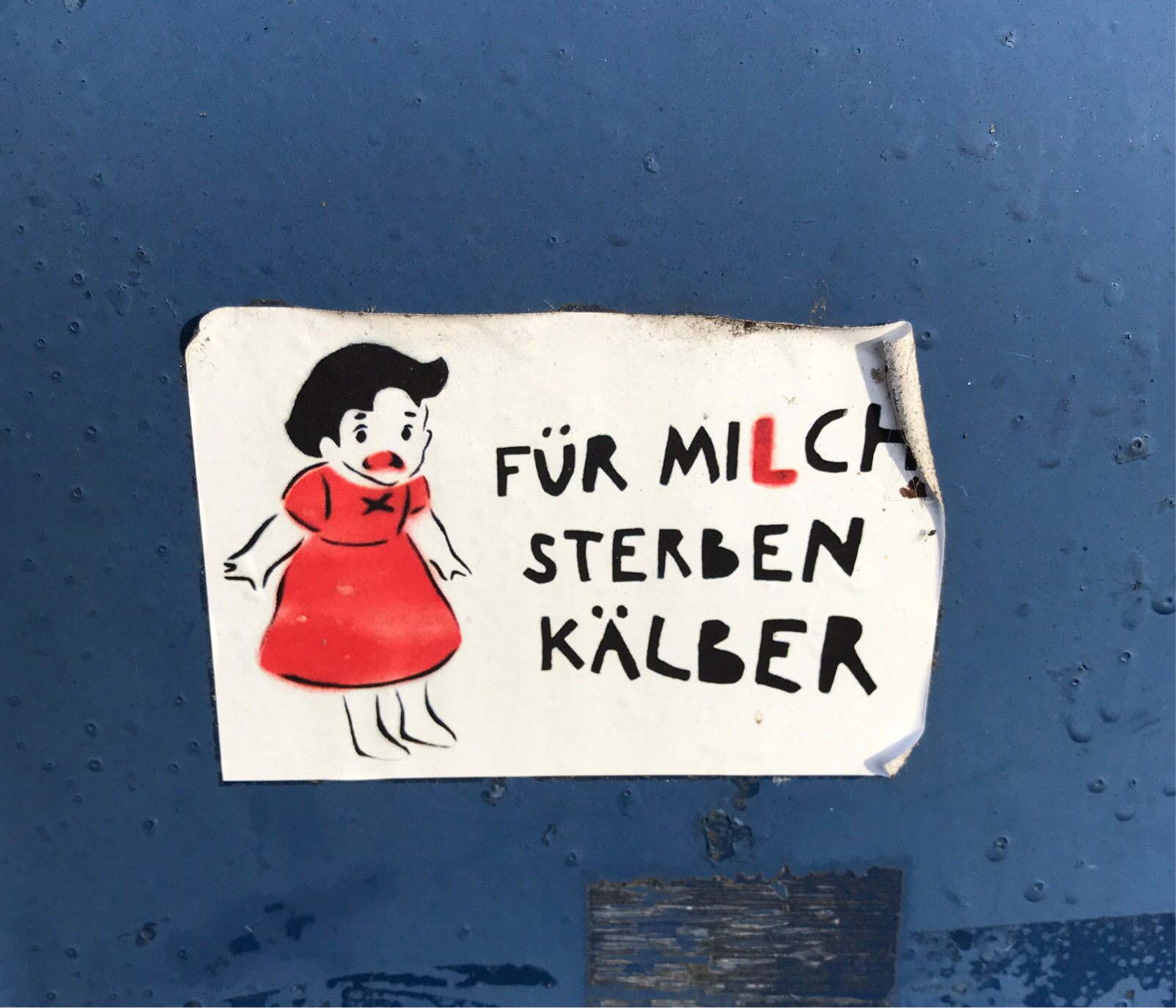
|
2116
|
|
Deutschland
Frankfurt am Main
|
|
|
—
|
|
|
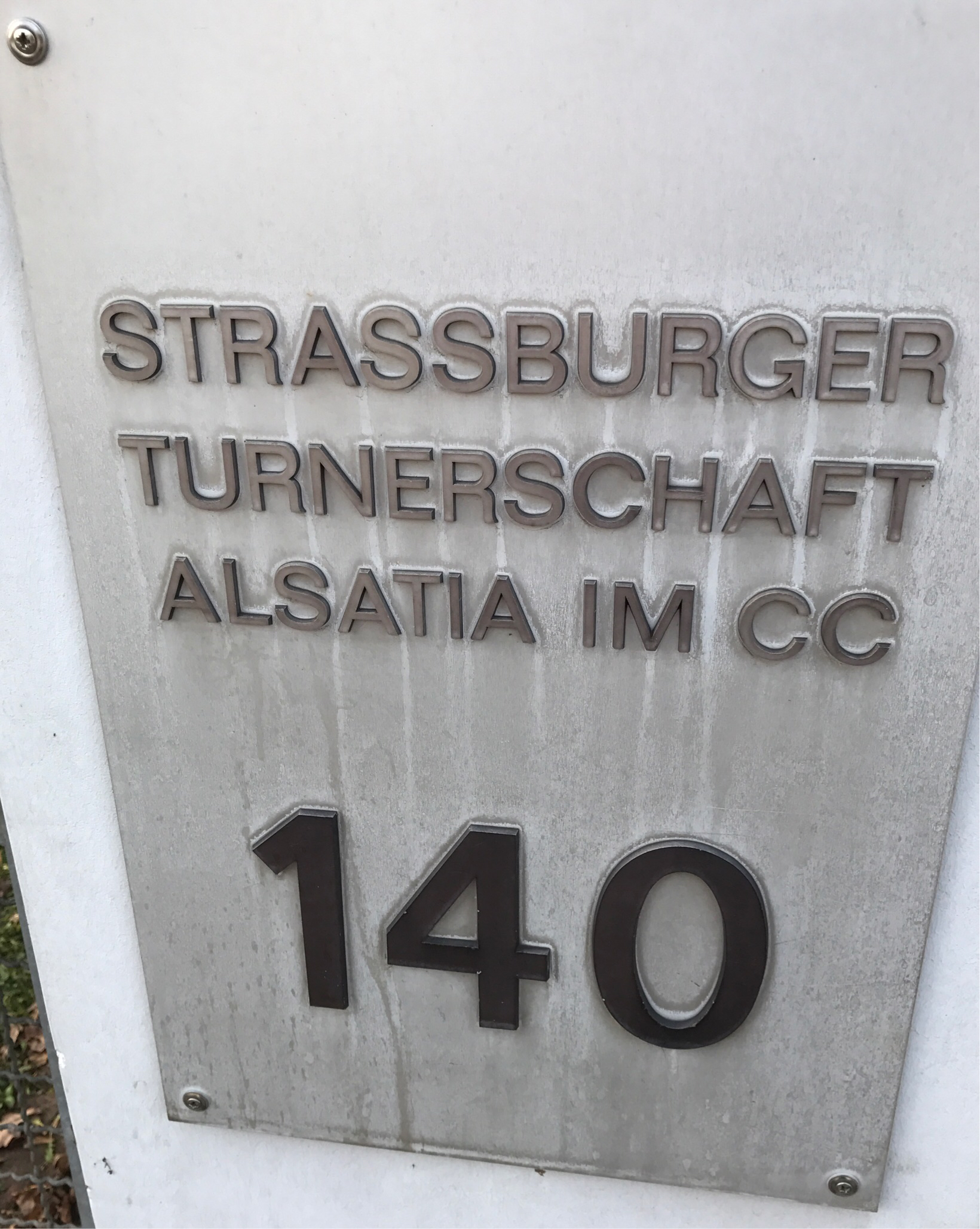
|
2117
|
|
Deutschland
Frankfurt am Main
|
|
|
—
|
|
|

|
18757
|
|
Deutschland
Frankfurt am Main
|
|
|
—
|
TypeWalk
|
|

|
18758
|
|
Deutschland
Frankfurt am Main
|
|
|
Schick!
|
TypeWalk
|
|
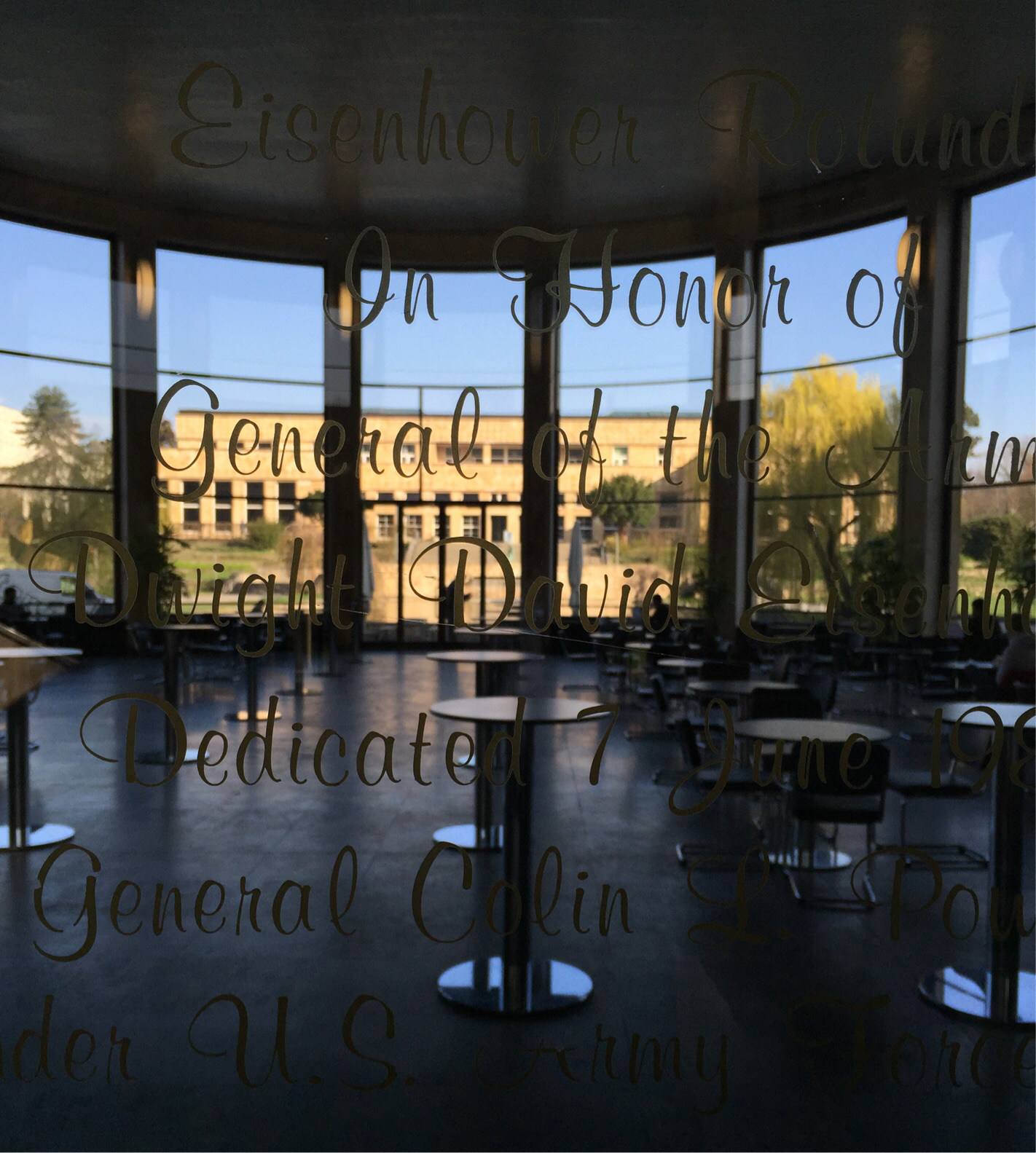
|
18759
|
|
Deutschland
Frankfurt am Main
|
|
|
Sehr schick!
|
TypeWalk
|
|

|
18760
|
|
Deutschland
Frankfurt am Main
|
|
|
—
|
TypeWalk
|
|
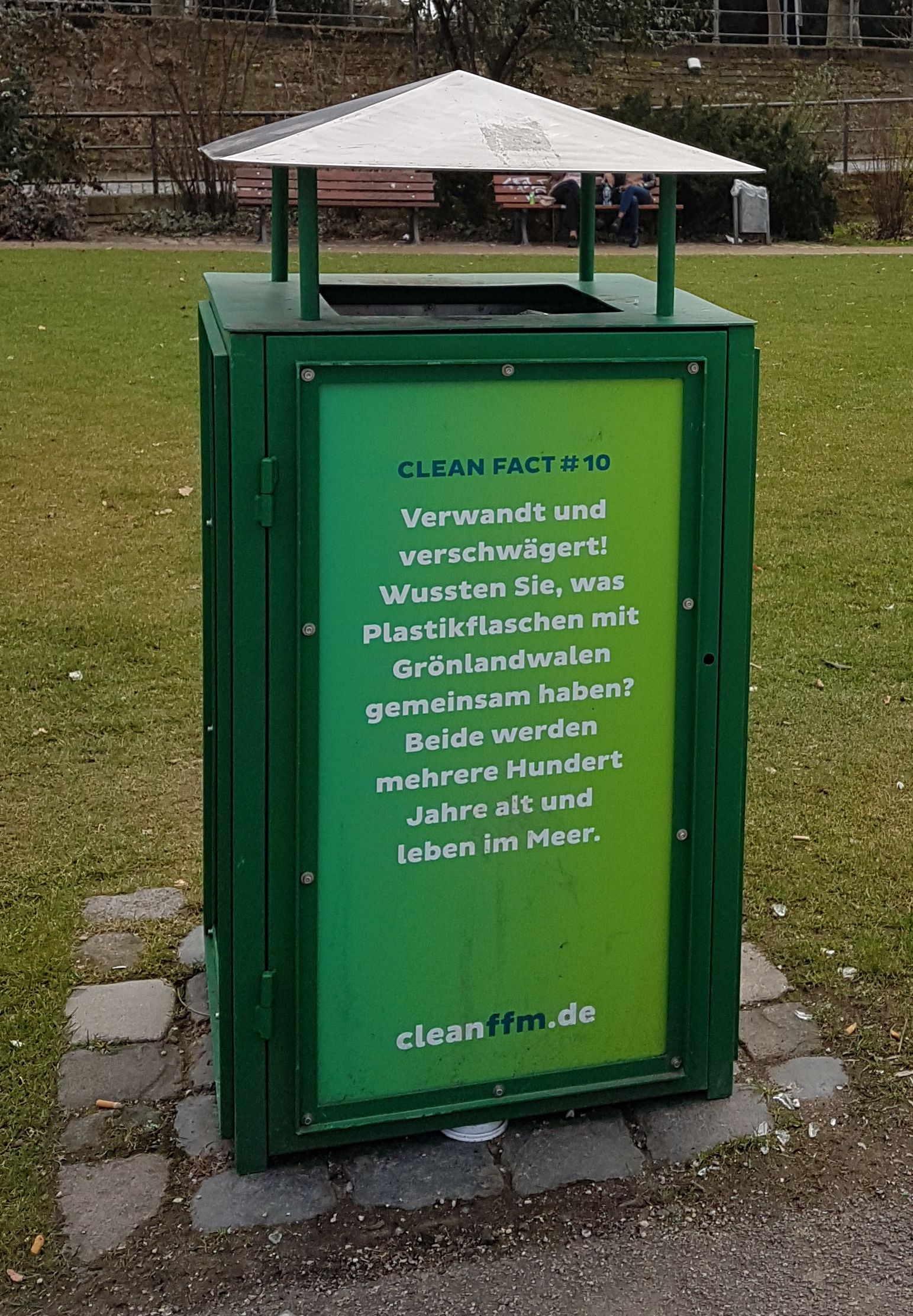
|
14922
|
|
Germany
Frankfurt am Main
|
|
|
—
|
thk
|
|